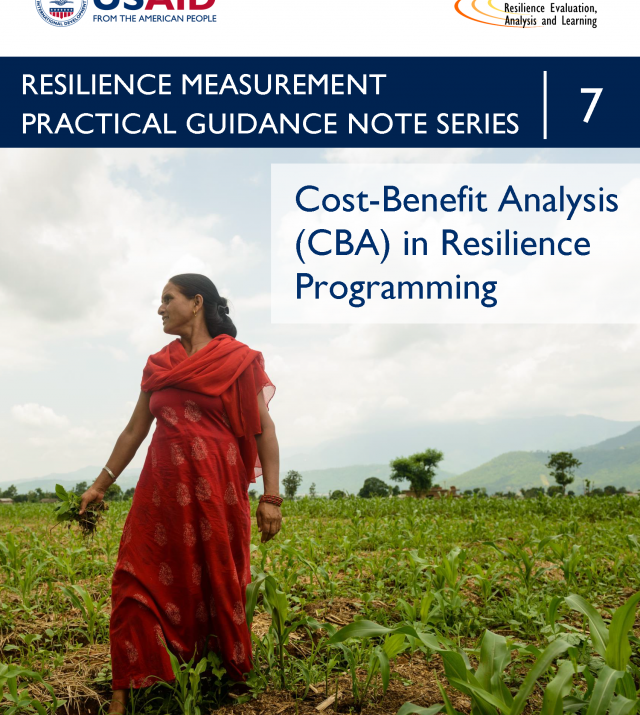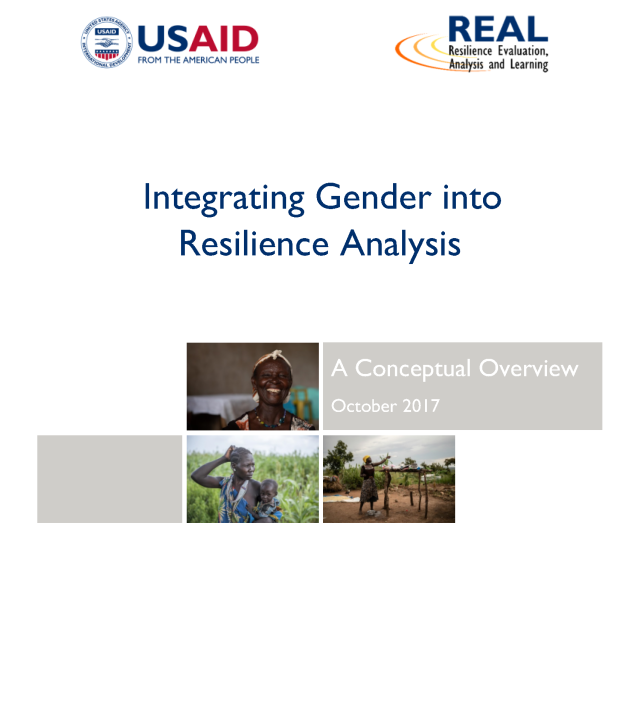Resilience Measurement Practical Guidance Note Series 6: Recurrent Monitoring Surveys

Measuring resilience requires tools that can capture how individuals, households and communities draw on resources and employ strategies to respond to shocks and stresses and how this affects their wellbeing trajectories in the short and long-term. A key resilience measurement tool for capturing these dynamics is the recurrent monitoring survey (RMS). Mercy Corps’ Pastoralist Areas Resilience Improvement and Market Expansion (PRIME) project was one of, if not the first, USAID project to test out measuring resilience through real-time monitoring of capacities, responses, wellbeing outcomes and shocks and stresses. The findings from this RMS designed and implemented by TANGO International made a large impact on the international development community’s understanding of resilience dynamics and how USAID’s programming contributes to building resilience, sparking increased interest in implementing RMSs.
The guidance note draws on examples from multiple country and project contexts of what worked well, what challenges emerged and what solutions were developed while implementing an RMS. As such, this guidance note primarily focuses on measuring resilience at the individual, household and community level where much of this work has been done to date.
Read more in the Resilience Measurement Practical Guidance Note Series. A series that synthesizes existing technical documents into pragmatic guidance to assist practitioners in integrating core aspects of resilience measurement into their program assessments, design, monitoring, evaluation, and learning. The series introduces key concepts and guides practitioners through the process of resilience measurement, from assessment to analysis.

